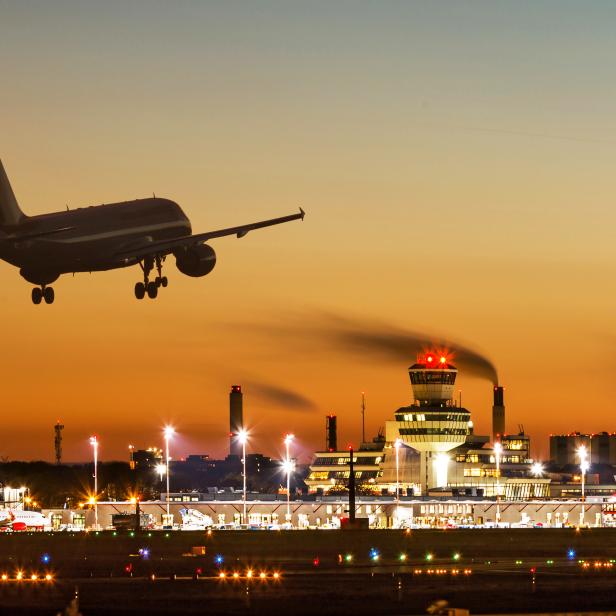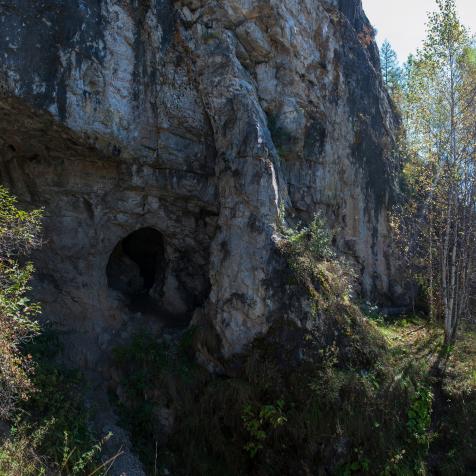
fhm
This Country is Transforming an Abandoned Airport into a Green Oasis
Most old, disused airports are torn down to make way for shiny new developments, although at a huge cost and via a lengthy process.
Not Tegel airport, in Berlin, Germany.
The derelict 580 acres will be transformed into an eco-friendly, green living neighborhood oasis, in an ambitious project that officials hope will become the blueprint for future disused airports.
After the airport was closed down a number of years ago, following the building of a newer, modern version nearby, developers began dreaming up the ambitious 5 million square meter Tegel Projekt. The plans were first announced in 2017, and those behind the project hope it will address car pollution, housing shortages, and other urban living issues.
Vast open green spaces, bike lanes, and energy-efficient, affordable housing are just some of the features of the new neighborhood, which will provide at least 5,000 homes for more than 10,000 people. Amenities such as daycare centers, schools, shopping facilities, and green infrastructure will also be incorporated into the design. A further 4,000 homes are also planned for the surrounding areas.
“We want to let people rediscover the public space, for socializing, playgrounds, places to relax and talk,” says Constanze Doll, spokesperson for the project, which is being developed by Schumacher Quartier. “Important locations like the kindergarten, bakery, school, and supermarket can be easily reached on foot.”

The entire development revolves around being green: vertical gardens on apartment blocks, which is one way to keep buildings cool without installing costly and energy-intensive air conditioning. Every rooftop is also going to be fitted with solar panels which will provide domestic electricity. “Sponge City” technology, such as permeable pavements and rain gardens, will help the city absorb as much water as possible. And if that wasn’t enough, designers are aiming to make the construction process carbon neutral, using local timber for building materials and offsetting emissions.
Although transforming an airport into a neighborhood isn’t a commonplace occurrence, it’s not the first time it’s happened. When Denver’s main airport moved to a new location that was 25 miles away from the city center, developers made the most out of the old airport’s prime location, three miles outside of town, and converted the space into a residential community with more than 3,500 single-family homes. Parks, cafes, and shops popped up, and even an ice rink in an old aircraft hanger.
Meanwhile, at Brooks City Air Force Base in San Antonio, Texas, a mixed-use community sprung up after the base closed. It now features a 1,200-acre campus where businesses, employees, and residents can live and work, as well as a regional hospital and the San Antonio Campus of Texas A&M University. Runways were left intact and now cut through homes, while residents merrily bike along the strip airplanes once used to land.
Next to the new development in Germany’s former Tegel airport will be a commercial zone that will utilize some of the old airport’s infrastructure. The ‘Urban Tech Republic’ is aimed at tech sector companies that will be encouraged to open offices in the development, as well as a large city park that will stretch across half of the urban tech space. Developers hope to attract around 1,000 businesses, and there will also be a campus for the Berliner Hochschule fur Technik University. Construction is due to begin in 2023, with the first areas opening by 2027. There are also future plans to introduce electric buses and a tramway.
“The Schumacher Quartier is planned in such a way that the streets and squares belong to the people again,” Doll added, “rather than to cars.”


















